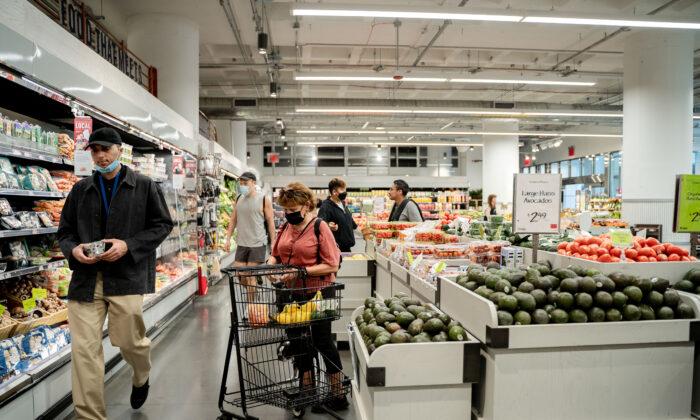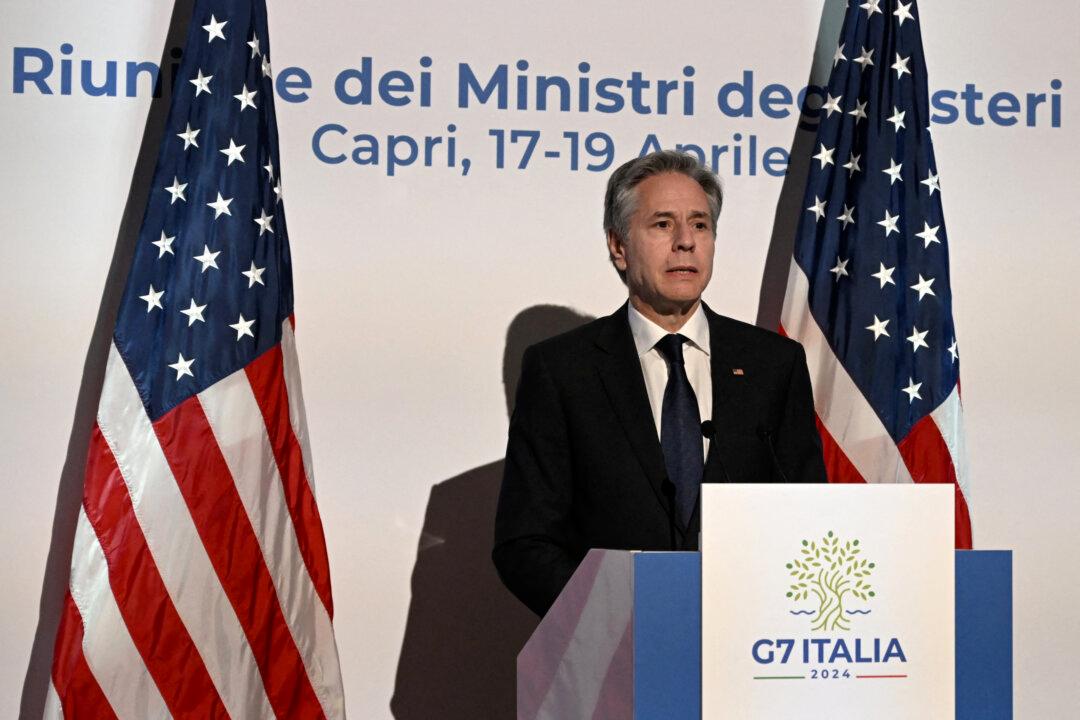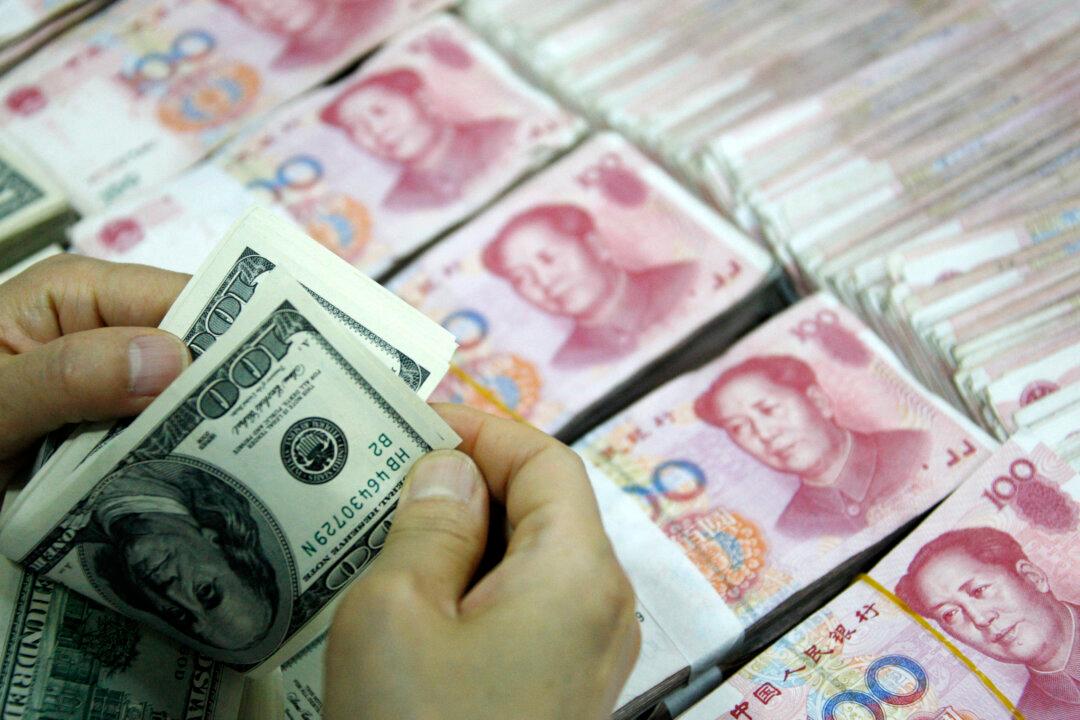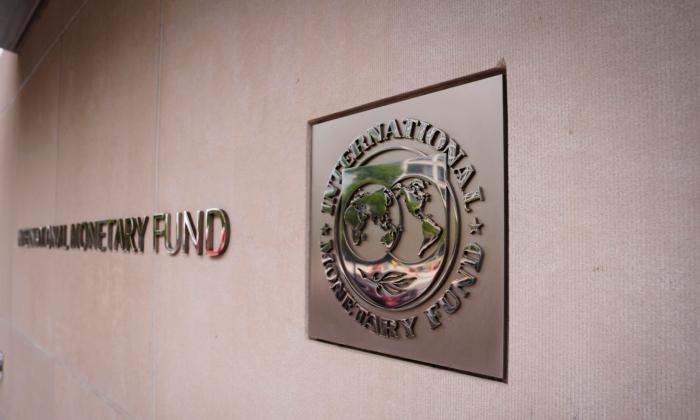Core inflation, which strips the volatile food and energy sectors, rose to a 6.6 percent annual rate, a new four-decade high. This was up from 6.3 percent in August and higher than the market forecast of 6.5 percent.
On a monthly basis, the Consumer Price Index (CPI) rose 0.4 percent, while the core CPI surged 0.6 percent.
The major contributors to September inflation were increases in shelter, food, and medical care costs.
According to BLS data, a sustained rise in food costs continues to inflate the headline figure. The food index gained 0.8 percent in September, the same as in August, and was up 11.2 percent year on year.
The shelter index, which is closely watched, went up by 0.7 percent in September, which was also the same as in August. The rent index rose 0.8 percent last month and 6.7 percent year-over-year. And medical care costs rose 1 percent, after rising 0.8 percent in August.
The latest inflation data have exacerbated real wage growth (inflation-adjusted), which has been negative for 18 months. The change in real average hourly earnings, combined with a 0.9 percent drop in the average workweek, is now negative 3.8 percent.
Investors have been keeping a close eye on inflation readings as they might offer hints on whether the U.S. central bank could pivot on monetary policy.
With inflation at these levels, some investors are concerned about the Federal Reserve’s ability to control surging prices.
Speaking at the Institute of International Finance’s annual membership meeting on Oct. 12, BlackRock CEO Larry Fink warned that the central banks around the world have to use “a hammer” more often to fight inflation.
“We had in the United States in 2022 $1.1 trillion of fiscal stimulus,” he noted.
‘Fed’s Nightmare’
The latest consumer prices data came after wholesale prices were higher than what economists had anticipated.“This is Fed’s nightmare scenario: the risk that inflation stays entrenched because services inflation is far harder to bring down than energy inflation,” Jan Szilagyi, CEO and co-founder of Toggle AI, an investment research firm, wrote in a note. “The Fed will see this as a license to stay aggressive while the labor markets remain strong and the public tolerates rate hikes. More than that, they will maintain a hawkish message to avoid the perception that they are tip-toeing around the issue.”
U.S. consumers anticipate prices to rise faster for gasoline, college education, food, and rent.
Many traders have been hoping that the Fed will slow the pace of interest rate increases. However, the September Federal Open Market Committee (FOMC) policy meeting minutes revealed that there is no sign that the central bank may alter its quantitative tightening cycle soon.
“Many participants emphasized that the cost of taking too little action to bring down inflation likely outweighed the cost of taking too much action,” the minutes stated.
“If the economy entered a steep downturn, we could always stop what we’re doing. We could always—if we needed to—reverse what we’re doing, if we thought that inflation was headed back down very, very quickly,” he said. “For me, the bar for such a change is very high because we have not yet seen much evidence that the underlying inflation—the services inflation, the wage inflation, the labor market—that that is yet softening.”
Following the hot inflation report, the market’s anticipation of aggressive rate hikes has risen.
U.S. financial markets plunged on the CPI news before rallying to close more than 2 percent higher on Oct. 13.







Friends Read Free